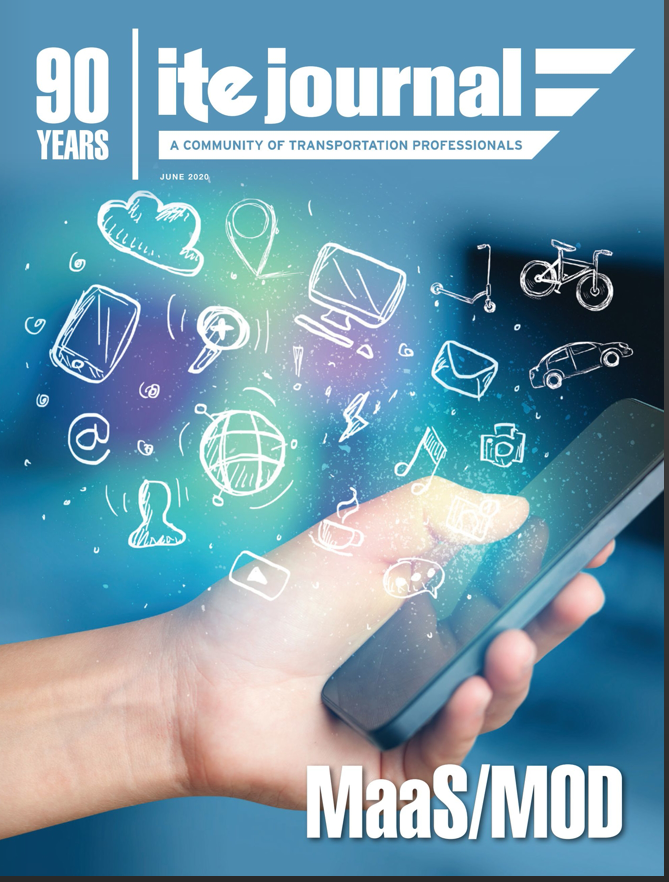
It seems only yesterday we were debating definitions of mobility as a service (MaaS) and mobility on demand (MOD). Now, with the unusual circumstances we find ourselves in, the very survival of these emerging concepts is being questioned. Just to recap—MOD is a future with transportation as a commodity, and MaaS is aggregation of mobility using subscription services (both use smartphones and expanded mobility choices—including various emerging modes, e-scooters, e-bikes, Uber/Lyft, etc.). At the risk of being wrong like every other prognosticator or narrative driven writer on this topic, here is my take on the future based on what we currently know:
1. Any technology that shortens travel time and reduces user cost has the potential to quickly fill the gapping vacuum left by COVID-19 for impacted modes. Reduced demand has severely impacted MOD services (60-plus percent reductions seen in Uber/Lyft use). Rail transit is down 90 percent, and buses by 40 percent. If I were forecasting a new player in urban mobility in the trip range vacated by these services, I would look to e-bikes.
2. Any service, land use, or mode complementing the new work-from-home (WFH) normal will be a winner. The days of four percent WFH are over. While we will not sustain the
30 percent rate driven by the crisis, clearly a new normal in the range of 10 to 15 percent could be possible. With that, rideshare services that best address food/goods delivery may find growth. Malls will change. Many were gravitating to more restaurant, entertainment, and living configurations, which may create fresh micromobility opportunities for MOD.
3. Anyone who says cars are dead is looking through blinders. The enduring trust travelers have in autos seems to be strengthening—maybe not for those in major downtowns, but elsewhere. While the financial implications on electric vehicles and connected automated vehicles in the near term will be limiting, if they seize the near-term vacuum in other
modes, MaaS/MOD opportunities may grow.
4. Social distancing is gone but so is my job. Will MOD allow greater transportation equity or widen the gap? It seems as if mobility is central to leveling the playing field, a tax
or insurance credit for e-bikes for those with economic disadvantages may become a cost-effective way to connect them to work and services.
5. The race to resilience is on—for air, train, transit, Uber, Lyft, Lime, and Bird. The mode(s) that deliver consumer trust early will benefit. Transit has an uphill cleanliness
issue exposed in the pandemic that won’t quickly be forgotten. Rural and less dense urban travel options may find new MOD opportunities.
6. Data will go from being king, to emperor—MOD services generate an immense amount of data, providing a deeper understanding of travel needs and the opportunities/barriers
users face. But be aware of the role artificial intelligence will play in MOD’s future.
Having transitioned from pandemic urgency to the unwinding process, we will start to see these dynamics play out in real time. MaaS and MOD are on the clock now—either to shape our communities for the future, or get lost in the flotsam and jetsam of the crisis. Which will it be?